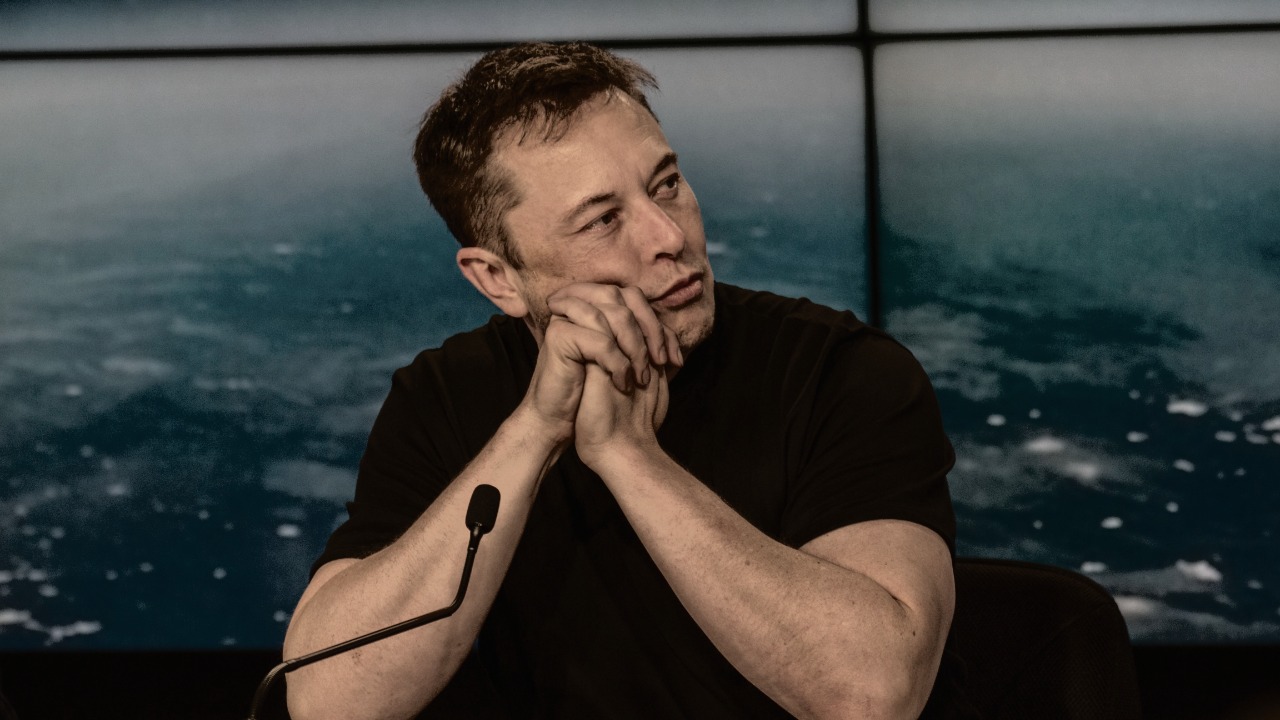
Three Chinese astronauts are currently stranded on China’s Tiangong Space Station following damage to their Shenzhou-20 ship by an unidentified object. This alarming situation has led to urgent calls for Elon Musk and his company, SpaceX, to step in and conduct a rescue mission. These pleas echo previous requests, such as the one made by former President Donald Trump in January 2025, asking Musk to bring home NASA astronauts stranded on the International Space Station (ISS). Musk has shown willingness to undertake such missions, stating in March 2025 that a SpaceX capsule would return stranded ISS astronauts “in a few weeks.”
The Incident on Shenzhou-20
The Shenzhou-20 spacecraft, currently docked at the Tiangong Space Station, was damaged by an unknown object, rendering it incapable of returning the three Chinese astronauts back to Earth. The incident, which occurred around November 6, 2025, has raised serious concerns about the crew’s safety. The damage to the ship has compromised its re-entry capabilities, according to expert assessments, leaving the astronauts stranded indefinitely in space.
Urgent Pleas for Musk’s Involvement
Following the incident, there were immediate calls on November 9, 2025, for Elon Musk to use SpaceX resources to rescue the stranded Chinese astronauts. These pleas intensified after reports of the incident became public on November 12, 2025. The situation has underscored the need for international cooperation in space exploration and the potential role of private companies like SpaceX in ensuring astronaut safety. Social media and aviation news outlets have played a significant role in amplifying these rescue requests directed at Musk and SpaceX.
Precedents from ISS Stranding Cases
There are precedents for such rescue missions. On January 29, 2025, former President Donald Trump asked Musk to bring back stranded NASA astronauts Sunita Williams and Butch Wilmore from the ISS. Responding to this request, Musk stated on March 11, 2025, that a SpaceX capsule would bring home the stranded ISS astronauts “in a few weeks.” The current situation with the Tiangong Space Station is similar to the ISS scenario, with SpaceX Dragon capsules potentially being used for both rescues.
Technical Feasibility of a SpaceX Rescue
SpaceX’s Dragon spacecraft has proven capabilities for docking with the ISS, which suggests it could also dock with the Tiangong Space Station. However, there may be compatibility challenges between U.S. and Chinese space hardware, including propulsion and life support systems, which would need to be addressed for a successful rescue mission. Given Musk’s previous commitment to return stranded ISS astronauts in a few weeks, a similar timeline could be expected for a rescue mission to the Tiangong Space Station.
Geopolitical and Diplomatic Hurdles
While a SpaceX rescue mission is technically feasible, there are geopolitical and diplomatic hurdles to consider. U.S.-China space relations are complex, with restrictions on technology sharing that could complicate a SpaceX intervention. International space law, as outlined in the Outer Space Treaty, also has implications for cross-nation rescues. However, a successful rescue mission could have diplomatic benefits, potentially improving cooperation between the U.S. and China in space exploration.
Broader Implications for Global Space Exploration
The Shenzhou-20 incident highlights the vulnerabilities of national space programs and the potential role of private entities like SpaceX in future multinational rescues. The incident also underscores the need for improved astronaut safety protocols, including measures to mitigate the risk of damage from unknown objects in space. The response to this incident, particularly the role of SpaceX, could have long-term effects on international cooperation in space exploration.
More from MorningOverview